
Age-related macular degeneration, also known as AMD or ARMD, is a medical condition that typically affects older individuals, causing loss of vision because of the damage to the retina. In most cases, age-related macular degeneration affects people older than 50, making it hard for them to read or recognize close objects. This happens because the loss of vision appears in the center of visual field, also known as macula. The macula or macula lutea is situated in the center of the retina, and it is responsible for central, high resolution vision. Therefore, people affected with age-related macular degeneration lose sharpness in central vision, but they still keep up with various other activities of daily life. AMRD occurs in “dry” and “wet” forms. Dry form results from atrophy to the retinal pigment epithelial layer below the retina. Wet form is caused by abnormal blood vessel growth in the eye.
Causes of age-related macular degeneration
It appears that the age is the most important of all risk factors for ARMD. This condition can occur even during the middle age, but people over 60 are at the greatest risk. Their risk, however, climbs even higher after the age of 75, measuring nearly 30 percent. Among other important risk factors for age-related macular degeneration, smoking appears as one of the most important. As with any other medical condition, family history also increases one’s chances of developing AMD. Women appear to be at greater risk than men, as well as people of Caucasian race.
Signs and symptoms of age-related macular degeneration
Age-related macular degeneration typically starts with yellow deposits in the central area of the eye. Most of the people will preserve their good vision at this stage. It is very possible that these deposits appear as a result of elevated cholesterol deposits. These deposits, known as drusen, are actually small yellow or white accumulations of extracellular material that build up in the eye. Later symptoms may include hemorrhages in the eye, blurred vision, decreasing in visual acurity, shadows or missing areas of vision, distorted vision, and troubles seeing colors.
Depending on the type of condition, AMRD is treated with laser surgery, photodynamic therapy, and injections into the eye. The goal of laser surgery is to destroy leaking blood vessels in the eye and prevent further loss of vision. However, only a small amount of patients is eligible for this type of treatment. Injections into the eye include new drugs that promote the growth of abnormal new blood vessels. Photodynamic therapy is aimed to slow down the rate of vision loss. It is painless and includes injections of a drug called vetreporfin that destroys the new blood vessels and leads to a slower rate of vision decline. Dry age-related macular degeneration cannot be treated once it reaches the advanced stage.



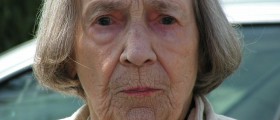


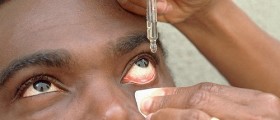
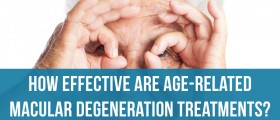
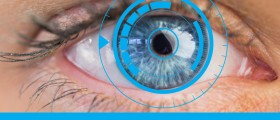
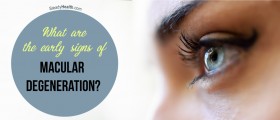

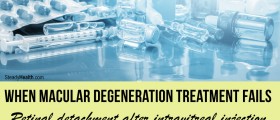
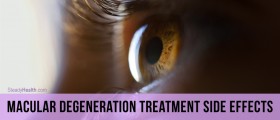
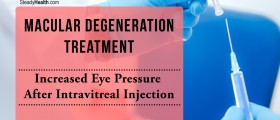

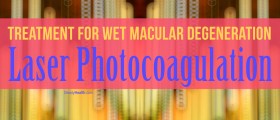

Your thoughts on this
Loading...